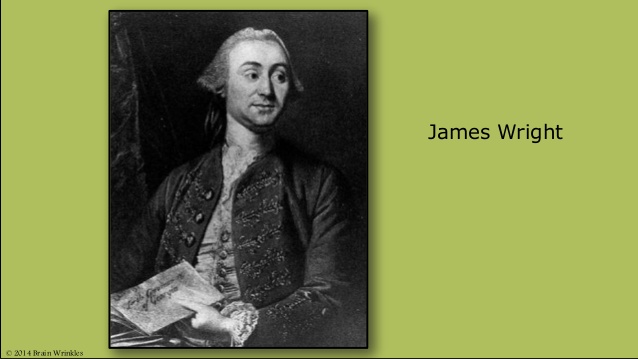
On the evening of January 18, 1776, the Council of Safety in Savannah, Georgia, issues an arrest warrant for the colony’s royal governor, James Wright. Patriots led by Major Joseph Habersham of the Provincial Congress then took Wright into custody and placed him under house arrest.
Wright remained under guard in the governor’s mansion in Savannah until February 11, 1776, when he escaped to the British man-of-war, HMS Scarborough. After failing to negotiate a settlement with the revolutionary congress, he sailed for London.
On December 29, 1778, Wright returned with troops and was able to retake Savannah. Although Georgia was never fully under his control, Wright again served as royal governor until July 11, 1782, when the British voluntarily abandoned Savannah before Continental General Mad Anthony Wayne could take the city by force. Wayne had already defeated British, Loyalist and allied Indian forces who, combined, outnumbered Patriots by at least 2 to 1, as he progressed through Georgia following the Battle of Yorktown. Facing likely defeat at Wayne’s hands, Wright retired to London, where he died on November 20, 1785.
Wright was the only royal governor to successfully oversee the use of the hated stamps mandated by the Stamp Act of 1765. When Wright recaptured Savannah and was reinstated as the royal governor of Georgia in 1778, he also made Georgia the only colony to return to imperial rule following a Patriot uprising. Georgians seemed to be of mixed mind regarding independence–despite these instances of loyalty to the crown, Georgia was one of the first colonies to argue for a declaration of independence from Britain in early 1776.
| [adrotate group=”4″] |
[adrotate banner=”24″]

[pt_view id=”517b65fj16″]


Be the first to comment